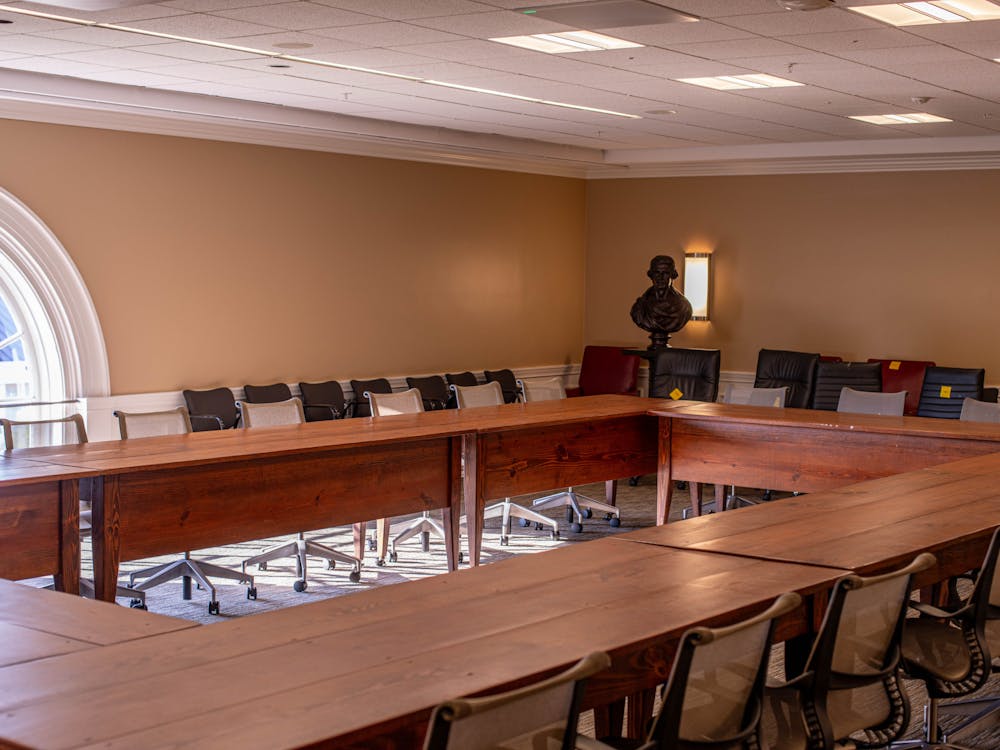The University's Center for the Study of Higher Education currently is implementing a $950,000 grant it received from the Lumina Foundation for Education, which was earmarked for conducting research related to nontraditional students in higher education. The Center received roughly half of the grant money in January.
Although the exact definition of "nontraditional" varies, nontraditional students are classified as those who do not take conventional paths to achieving higher education, said Asst. Curry School Prof. Brian Pusser.
"They can be students who have full-time jobs or don't live in residential life communities," he said.
The study, known as the Emerging Pathways project, will take two years to complete and will provide groundwork for future research.
The Lumina Foundation is a private independent organization that gives about $50 million a year to fund research, communications initiatives and innovative programs that primarily focus on underserved students.
Curry School Dean David Breneman serves on the academic advisory board for the Lumina Foundation.
"There has been an obsession with the high end of the system," he said. "I think [nontraditional students] are one of the big under-researched parts of higher education."
This project follows three years of work by Pusser and others at the Center for the Study of Higher Education. That research looked into for-profit universities, which have attracted many nontraditional students. The experience of University researchers from that study made this a good place to conduct the new research, Breneman said.
The study will help provide pathways to credentials, training and degrees for non-traditional students, Lumina Foundation Communications Director Sara Murray-Plumer said.
"Up until now, little national research has been done on adult access and success higher education," she said. "This project will fill that information gap and provide a base of knowledge to help us with our work."
As part of the project, researchers will send out surveys to institutions of higher education, collect data and conduct site visits, Breneman said.
A certain amount of research will be subcontracted out. The University Continuing Education Association in Washington, D.C. will conduct the surveys, and professors at Harvard University and North Carolina State University will lend their expertise.
The U.S. Department of Education's National Center for Education Statistics released a report last year showing that, in 1999-2000, 73 percent of undergraduates were in some way nontraditional. Of those students, 28 percent were classified as highly nontraditional, meaning that they had four or more nontraditional characteristics.
Nontraditional students were defined for the study as those who delay enrollment, attend part-time, work full-time, are financially independent, have dependants other than a spouse, are single parents or do not have high school diplomas.
"The labor market has changed so rapidly," Breneman said. "A very high percentage of post-secondary students are now considered non-traditional students."






